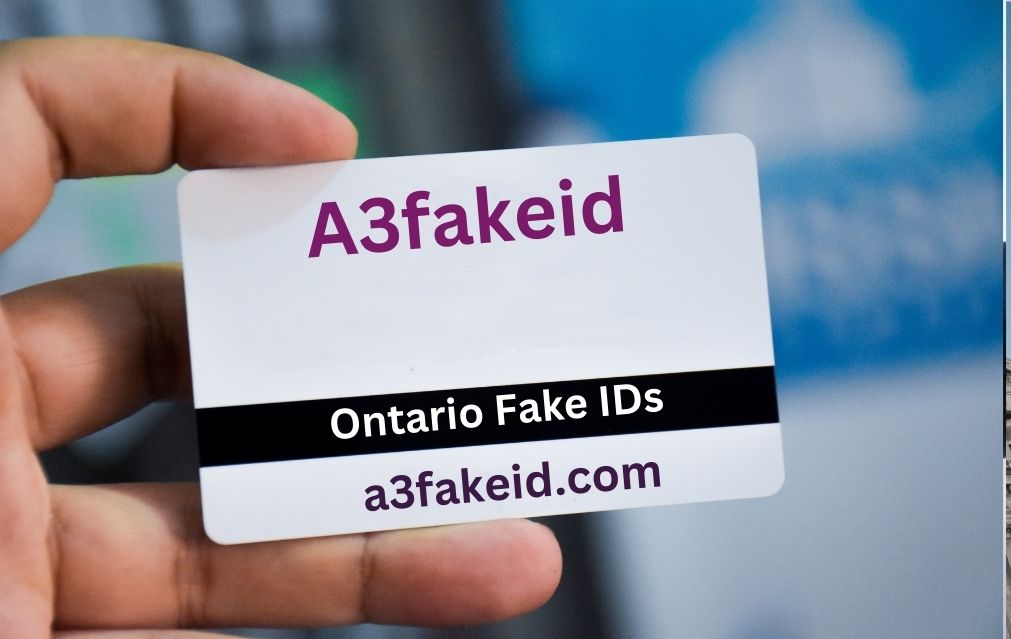Which technique is best for determining fake ID. Determining fake IDs is a crucial task, especially in contexts where age verification or identity authentication is essential, such as in bars, clubs, financial institutions, or government agencies.
There are several techniques and best practices that can help in detecting Top Fake ID, and the effectiveness of these techniques often depends on the level of sophistication of the determining fake ID and the resources available for verification. Here are some key methods and considerations for identifying fake IDs:
- Visual Inspection:
- ID Template Examination: Carefully inspect the design, layout, and font of the ID. Genuine IDs typically have consistent and high-quality printing.
- Holograms and Watermarks: Verify the presence and authenticity of holograms, watermarks, and security features specific to the ID type.
- Microprinting: Look for tiny, detailed text that is difficult to reproduce accurately.
- Ultraviolet (UV) Light Examination:
- Many IDs incorporate UV-reactive ink or features. Shine a UV light on the ID to check for hidden security elements.
- Feel and Texture:
- Genuine IDs often have a specific texture, thickness, and durability. Compare the feel of the ID to a known genuine one.
- Magnetic Stripe and Barcode Verification:
- If the ID has a magnetic stripe or barcode, use a card reader or scanning app to validate the encoded data against the information on the front of the ID.
- ID Scanners and Authentication Technology:
- Invest in ID scanning devices that can read and authenticate various types of IDs. These devices can cross-check the information on the ID with official databases.
- Training and Education:
- Train your staff or security personnel to recognize common signs of determining fake IDs, such as inconsistencies in information, poor image quality, or unusual behavior from the ID holder.
- Ask Open-Ended Questions:
- Engage the ID holder in conversation and ask open-ended questions about the information on the ID, such as their birthdate, address, or other personal details. Inconsistent or hesitant responses can be red flags.
- ID Validation Services:
- Utilize third-party ID validation services that can instantly verify the authenticity of an ID by checking it against government databases and other sources.
- Customer Profiles:
- For businesses with a customer database, cross-reference the information on the ID with the data in your system to spot inconsistencies.
- Legal Compliance:
- Familiarize yourself with local and national laws regarding ID verification and use them as a guide for your verification process.
- Record Keeping:
- Maintain records of all IDs that are presented to you, including copies or images of the ID. This can be useful for reference and potential legal requirements.
- Stay Informed:
- Keep up with the latest trends in ID forgery. Fraudsters continually evolve their techniques, so staying informed is essential.
- Collaboration with Law Enforcement:
- Establish a working relationship with local law enforcement agencies. They can provide guidance on the latest counterfeit ID trends and help with training your staff.
- Machine Learning and AI Tools:
- Explore the use of machine learning and artificial intelligence tools to analyze IDs for anomalies or inconsistencies that may not be apparent to the human eye.
- Biometric Verification:
- In cases where higher security is needed, consider implementing biometric verification methods, such as facial recognition or fingerprint scanning, to confirm identity.
- Mobile Authentication Apps:
- Some government-issued IDs have associated mobile apps that allow users to verify their identity. Utilize these apps when available.
- Secondary Forms of Identification:
- Request secondary forms of identification, such as a credit card or social security card, to cross-verify the information presented on the ID.
- Common Fake ID Indicators:
- Familiarize yourself and your staff with common indicators of determining fake IDs, such as incorrect or mismatched information, tampered dates, or obvious alterations.
- Policy for Handling Fake IDs:
- Establish a clear policy for handling suspected fake IDs. This should include procedures for confiscation, reporting to authorities, and customer interaction.
- Continuous Improvement:
- Regularly review and update your ID verification processes to adapt to changing technology and counterfeit methods. Seek feedback from employees to identify areas for improvement.
- Legal Recourse:
- Be aware of the legal options available to you if you encounter a fake ID. Consult with legal experts to understand the proper steps to take.
- Customer Education:
- Educate your customers about the importance of valid identification and the consequences of using fake IDs, which may deter some from attempting to use them.
- Local Variations:
- Be aware that different regions may have variations in ID designs and security features. Ensure your staff is knowledgeable about the specific IDs common in your area.
- Data Protection:
- Safeguard the personal information obtained during ID verification to comply with data protection laws and to prevent identity theft.
- Compliance Checks:
- Periodically conduct internal compliance checks to ensure that your staff is following the established ID verification procedures consistently for more information click here.
Remember that no single method is foolproof, and combining multiple verification techniques is often the most effective approach.
Additionally, it’s crucial to strike a balance between thorough ID checks and customer convenience to ensure a positive experience while maintaining security and compliance.

